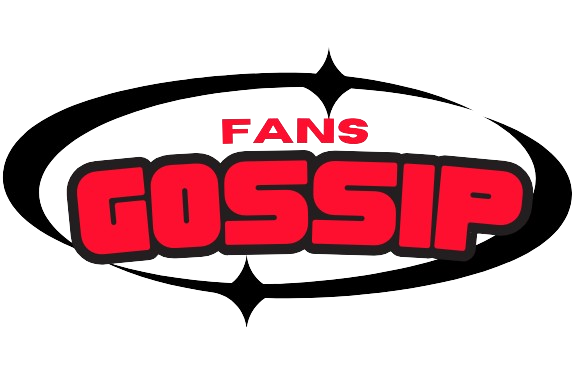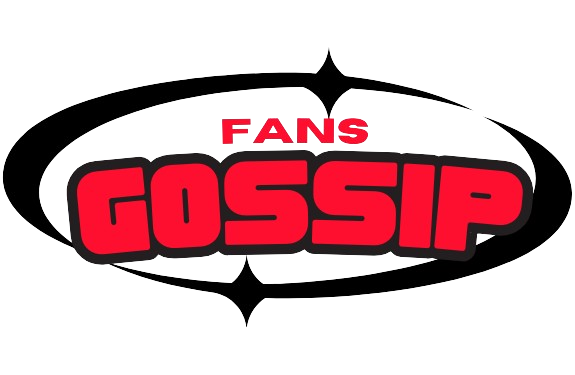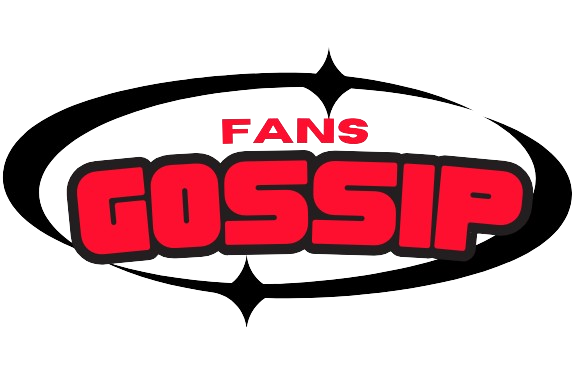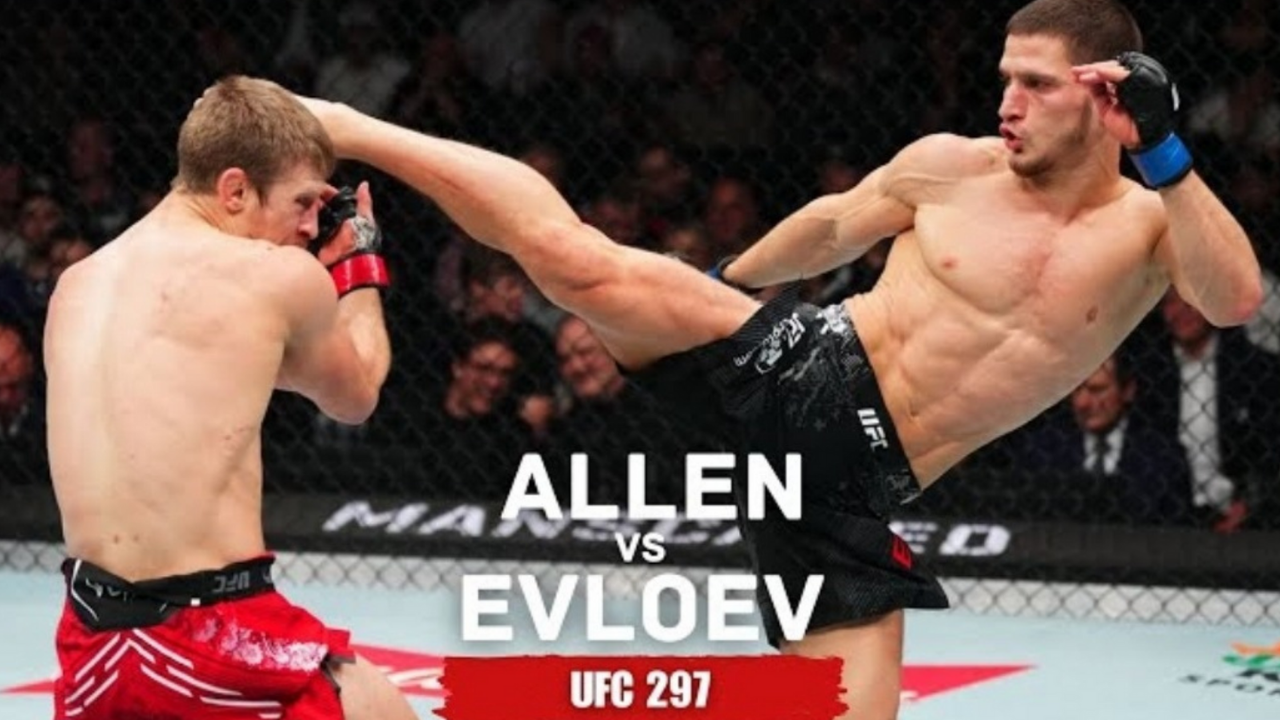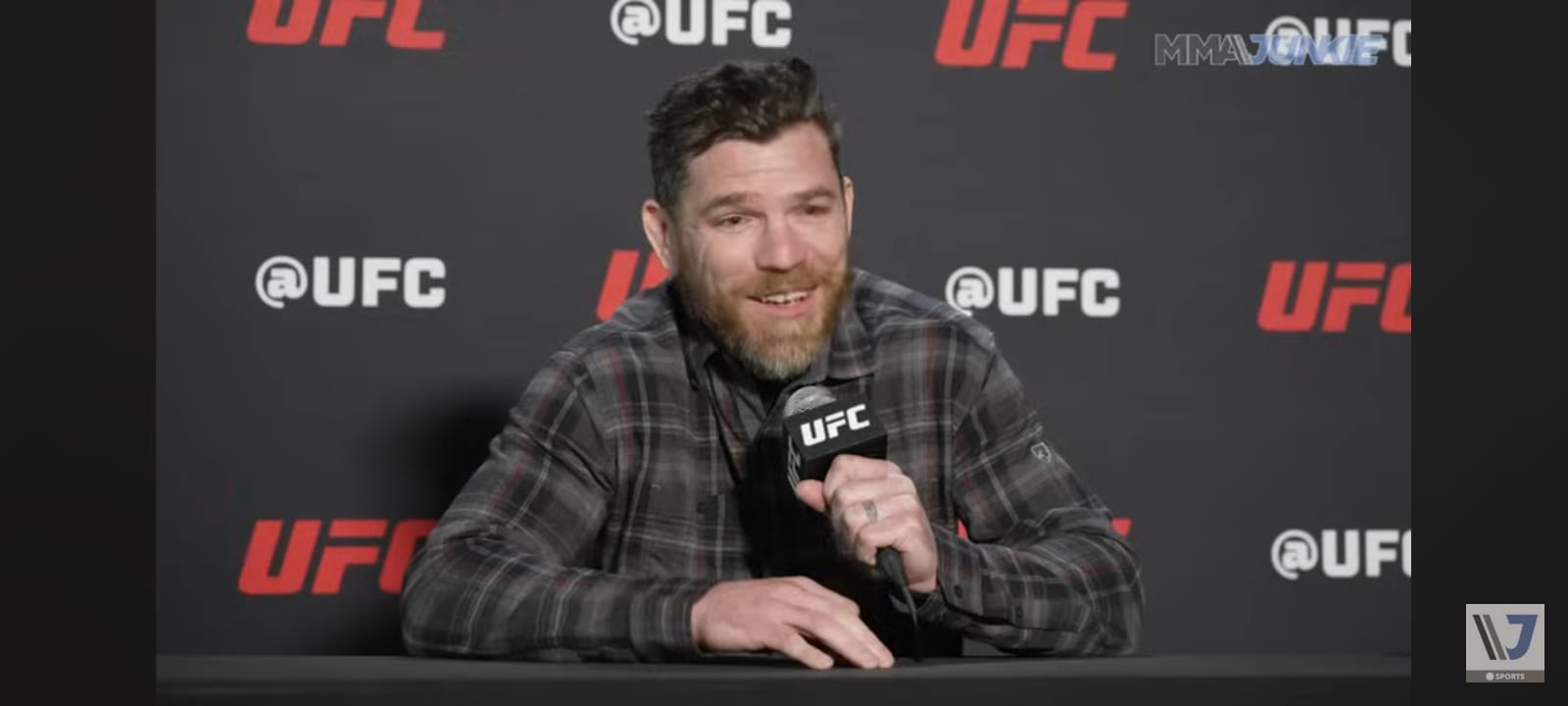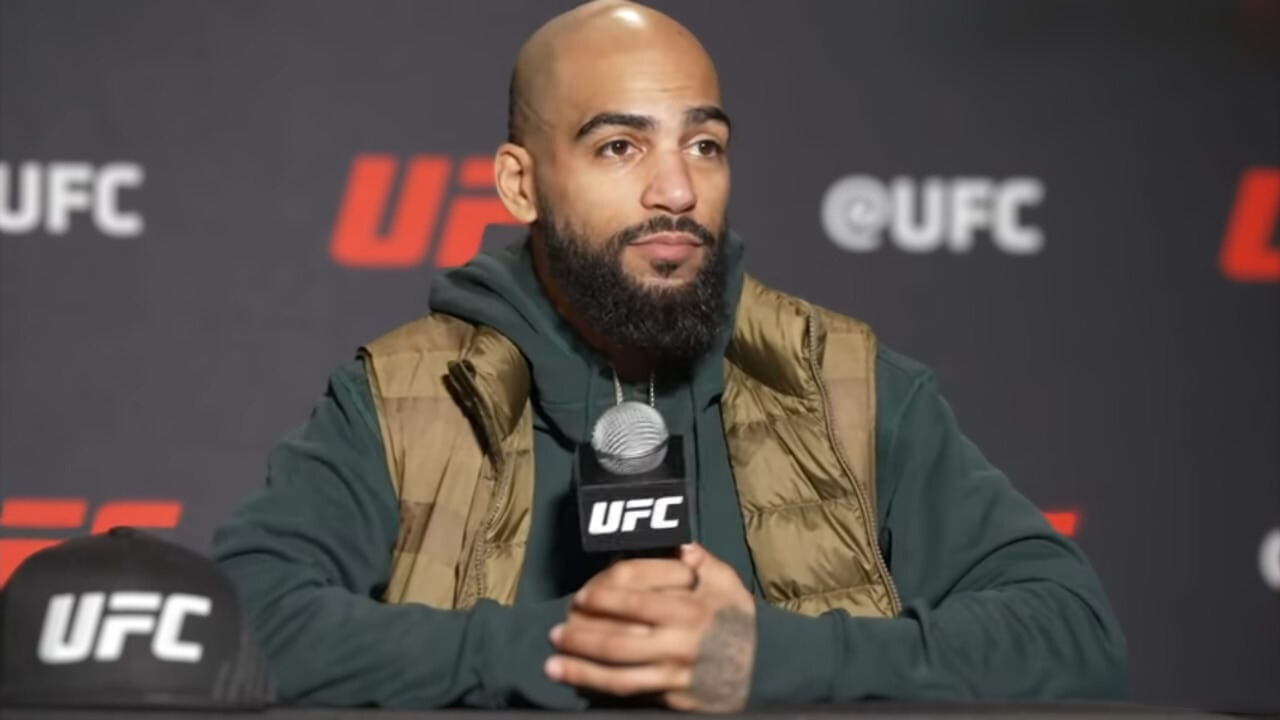In the intricate dance of MMA regulations, a spotlight once again shines on the ‘downed fighter’ rule, teasing yet another transformation in the UFC and USA’s MMA landscape.
MMA’s rulebook is a dynamic canvas, with guidelines often overshadowing rigid regulations. Strikes to the back of the head, 12-6 elbows, eye pokes, cage grabs – familiar nuances for fans, but seldom strict enough to alter the course of a bout. Amid this chaos, the ‘grounded fighter’ rule emerges as a focal point, sparking debates on what constitutes a legal strike.
It was said respectfully but the only raised hand people will remember is this pic.twitter.com/AB0bnh8c5J
— Arnold billy allen (@Arnoldbfa) February 3, 2024
The recent UFC 297 showcased the rule’s impact on outcomes, particularly in the unfortunate saga of top featherweight contender Arnold Allen. Engaged in a riveting clash with Movsar Evloev, Allen’s surge in the third round, marked by heavy knees, became a turning point. However, Ontario’s interpretation of the grounded fighter rule flipped the script, leaving Allen with a warning and Evloev with a strategic pause, eventually securing a unanimous 29-28 decision.
Arnold Allen, expressing his frustration, highlighted the perplexities of the rule. In a post-fight revelation on his YouTube channel, Allen dissected the incident, emphasizing his belief in the legality of the strikes and questioning the consistency in rule application. The intricate dance of palms, fingertips, and weight-bearing became the focal point of contention, raising doubts about the rule’s clarity and impact.
California, in the aftermath of such instances, takes center stage in the quest for a comprehensive rules revision. Andy Foster, the director of the California State Athletic Commission (CSAC), unveils a bold proposal that could reshape the grounded fighter rule’s narrative. The call to eliminate the requirement of a hand touching the canvas reflects a desire for clarity in a rule that has undergone multiple revisions, leaving chaos in its wake.
The historical journey of the grounded fighter rule unfolds a tale of confusion. From the initial stance that any body part other than the soles of a fighter’s feet defines a grounded position to amendments specifying two points of contact (both hands down) and then further tweaks, the landscape remains fractured. Inconsistency prevails, leaving fighters at the mercy of jurisdictional variations.
Foster’s proposal carries the promise of relief from the burden of jurisdictional inconsistency, yet the question lingers: Can one bold move truly unify the fractured landscape of MMA regulations? The answer, as history suggests, is elusive. While Foster anticipates approval from the Association of Boxing Commissions (ABC), the real litmus test lies in the universal adoption by other athletic commissions.
As the MMA community awaits the verdict on Foster’s proposal, a broader query echoes – can a rule change mend the fractures created by previous revisions? The ever-evolving nature of the sport demands a delicate balance between safety and clarity, a balance that seems elusive in the ongoing saga of the grounded fighter rule.
In this unfolding narrative, fighters, referees, and fans find themselves entwined in the rules’ intricate dance, hoping for a resolution that brings clarity to the chaos. Whether Foster’s proposal marks the dawn of a new era or another layer in the rulebook’s complexity, only time will unveil the true impact on the sport we love.
